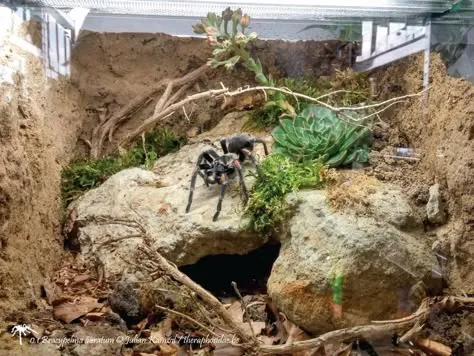What is Tarantula Enclosure Litter
Tarantula enclosure litter, often referred to as substrate, is the material that forms the floor of your tarantula’s habitat. It’s much more than just a decorative element; it plays a crucial role in the health and well-being of your eight-legged friend. Selecting the best tarantula enclosure litter is a key factor in providing a suitable and enriching environment for your pet tarantula. The right litter helps to regulate humidity, facilitate burrowing, and manage waste, mimicking the natural environment of these fascinating creatures. Understanding the different types of litter and their properties is essential for any tarantula owner.
Importance of Litter for Tarantulas
The choice of tarantula enclosure litter directly impacts your pet’s health and comfort. It contributes to creating a thriving habitat. The right substrate supports several essential aspects of a tarantula’s life, from maintaining optimal humidity levels to providing opportunities for natural behaviors like burrowing. Neglecting the importance of litter can lead to health issues, stress, and a less fulfilling life for your tarantula. Therefore, careful consideration of the substrate is a non-negotiable aspect of tarantula care.
Provides Humidity
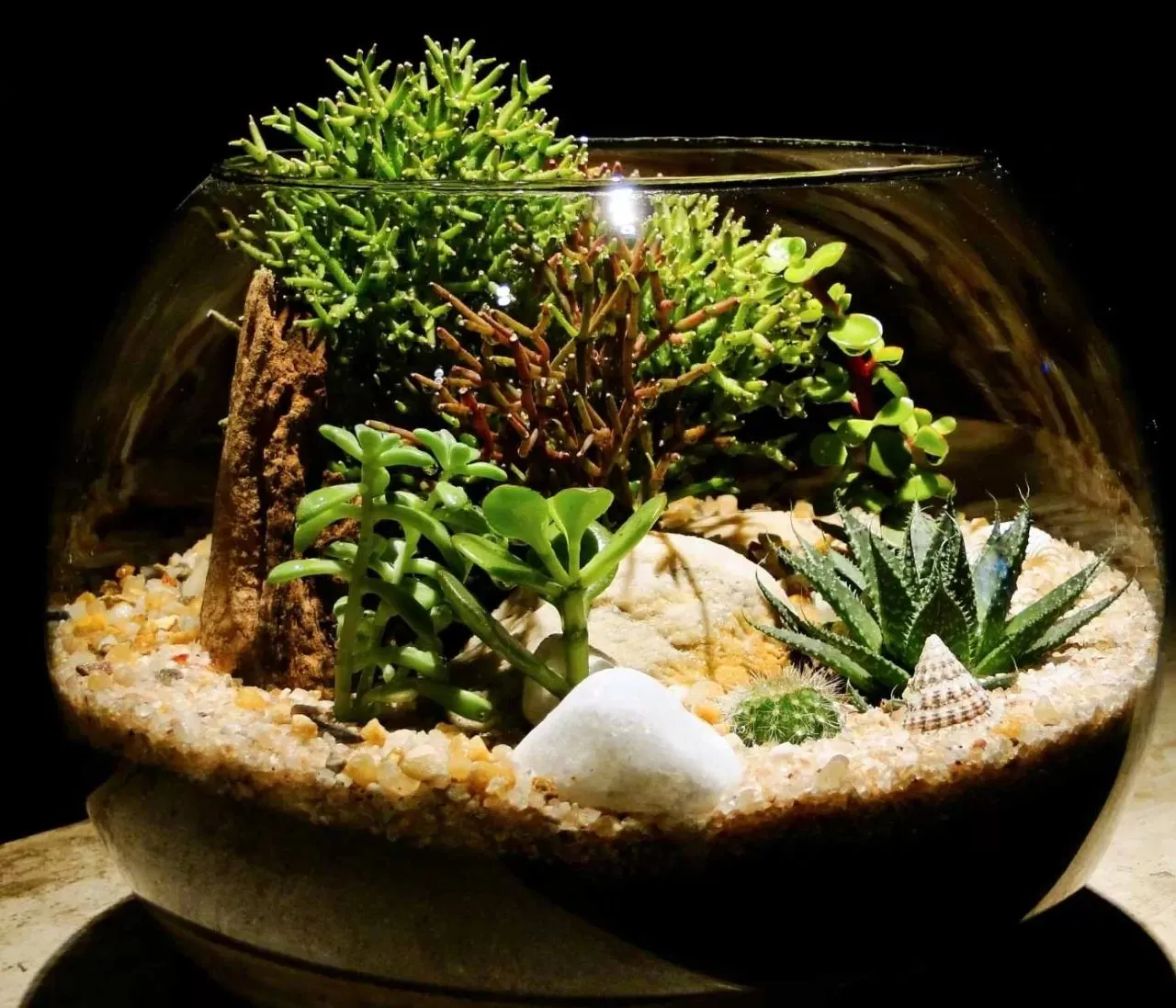
One of the primary functions of tarantula enclosure litter is to regulate humidity. Tarantulas, especially those from humid environments, require specific humidity levels to thrive. The litter absorbs and releases moisture, creating a microclimate within the enclosure that helps maintain the necessary humidity. Different substrates have varying moisture-retention capabilities. Choosing the correct litter is vital to preventing dehydration or, conversely, excessive humidity that can lead to mold and other problems. The right substrate acts as a humidity buffer, ensuring your tarantula’s respiratory and molting processes function correctly.
Aids in Burrowing
Many tarantula species are burrowers, and the enclosure litter provides them with the material they need to create their homes. Burrowing is a natural behavior that offers security, a stable environment, and a place to molt. The type of litter affects the tarantula’s ability to burrow effectively. The material must be able to hold its shape and provide structural integrity. Suitable litter allows your tarantula to express its natural behaviors, enhancing its physical and psychological well-being. This ability to burrow also influences how the tarantula regulates its temperature and humidity within its immediate surroundings.
Waste Management
Proper tarantula enclosure litter assists in waste management. It absorbs waste products, such as feces and leftover food, preventing the build-up of harmful bacteria and odors. The litter also facilitates easy cleaning and maintenance of the enclosure. While the substrate isn’t a complete waste disposal system, it is essential in maintaining a clean and healthy environment, which is especially important for a pet. The choice of litter will affect how frequently cleaning is needed and how effectively odors are controlled. A good substrate will break down waste and help prevent the spread of diseases.
Types of Tarantula Enclosure Litter
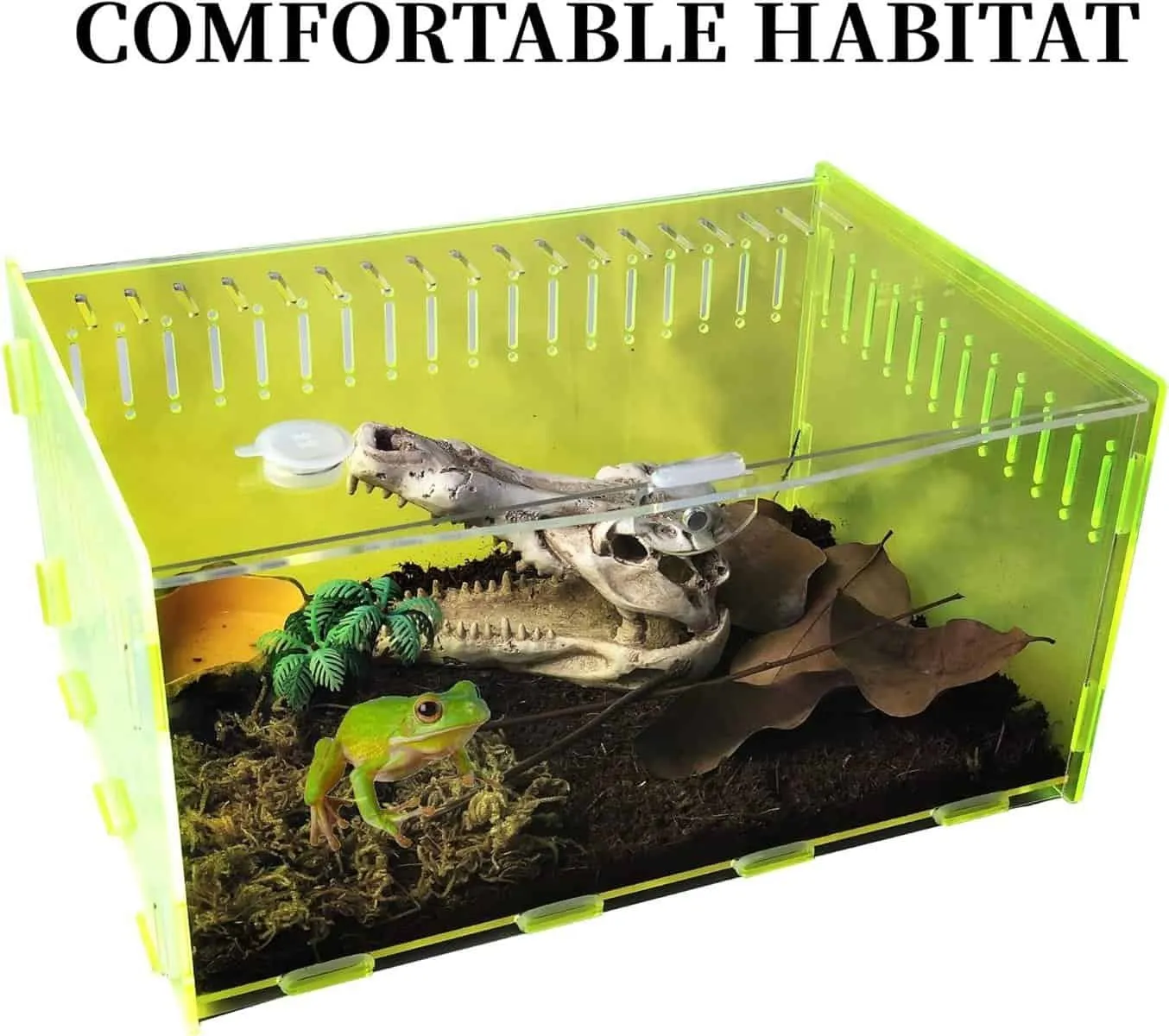
Various types of tarantula enclosure litter are available, each with its characteristics and suitability for different species and environments. The best choice depends on the species of tarantula and the specific needs of the habitat. It’s important to understand the advantages and disadvantages of each to make an informed decision.
Coconut Fiber
Coconut fiber, also known as coco coir, is a popular substrate choice. It is made from the husks of coconuts and is widely available in compressed bricks or loose form. Coconut fiber is a versatile, eco-friendly, and readily available option that suits a variety of tarantula species. It provides a good balance of moisture retention and drainage and is generally safe and easy to handle, making it a favorite among tarantula keepers.
Pros of Coconut Fiber
- Excellent moisture retention, helps maintain humidity levels
- Eco-friendly and sustainable
- Good for burrowing species
- Relatively inexpensive and easy to find
- Resistant to mold and mildew
Cons of Coconut Fiber
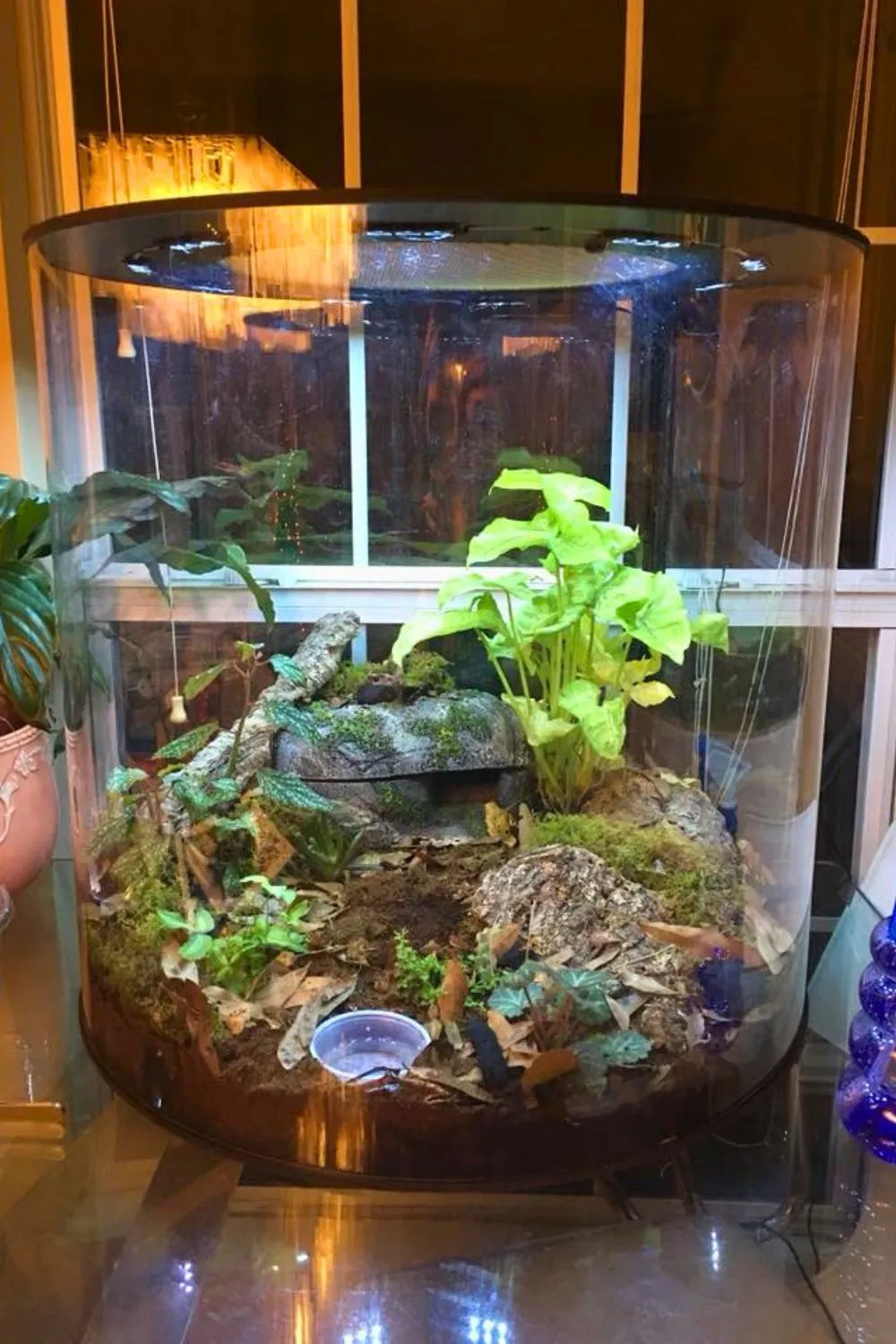
- May require pre-wetting to activate moisture retention
- Can become dusty if allowed to dry out completely
- May need to be mixed with other substrates for some species
Peat Moss
Peat moss is another substrate option, often chosen for its ability to hold a lot of moisture. It’s a naturally occurring material, but it should be sourced carefully. Peat moss is well-suited to tarantulas that require high humidity levels. It is generally used in conjunction with other substrates to achieve the desired balance of moisture and aeration.
Pros of Peat Moss
- Excellent moisture retention
- Good for species requiring high humidity
- Helps to maintain stable humidity levels
- Creates a slightly acidic environment, which some tarantulas prefer
Cons of Peat Moss
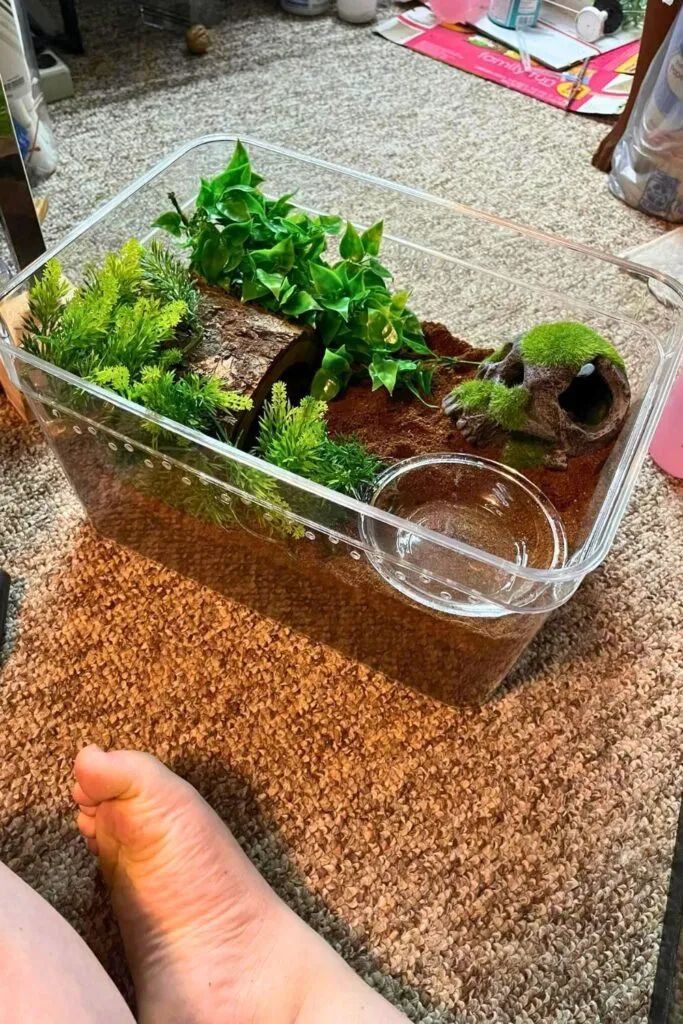
- Can be acidic, so it is not suitable for all species
- May compact over time, reducing aeration
- Can be harder to find than other substrates
- Sustainability concerns due to peat harvesting
Topsoil
Topsoil, particularly organic topsoil without added fertilizers or chemicals, can be a suitable substrate, especially for species that like to burrow deeply. It mimics the natural environments of some tarantulas and allows for the creation of complex burrow systems. When using topsoil, it’s important to ensure it is clean and free from pesticides or other harmful substances that could harm your tarantula.
Pros of Topsoil
- Great for burrowing species
- Provides a natural environment
- Readily available and inexpensive
- Can hold humidity well
Cons of Topsoil
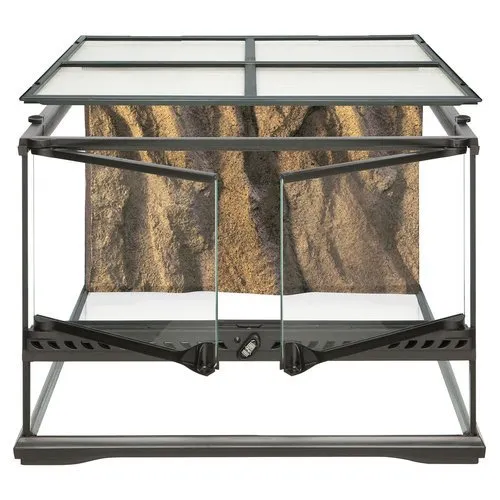
- Can compact over time, reducing aeration
- May contain unwanted insects or pests
- Needs to be sourced carefully to avoid chemicals
Other Litter Options
Other substrates that can be used or mixed with the above options include vermiculite, sphagnum moss, and even a mix of sand and clay for certain desert species. The key is to research the specific needs of your tarantula and to provide an environment that meets those needs. The choice often depends on the tarantula species, their natural habitat, and the humidity requirements. Mixing substrates can be a great way to balance the different properties of each material.
Choosing the Right Litter
Choosing the right tarantula enclosure litter is not a one-size-fits-all process. It requires understanding the specific requirements of your tarantula species. Consider factors such as humidity, burrowing needs, and the natural habitat of your tarantula. Researching these aspects is essential to ensure the chosen substrate provides the optimal environment for your pet.
Tarantula Species

Different tarantula species come from diverse environments, from rainforests to deserts. The substrate should mimic the conditions of their natural habitat. For example, a species from a humid environment will need a substrate that retains moisture, such as coconut fiber or peat moss. Desert species will thrive in a drier substrate, perhaps a mix of sand and topsoil. Knowing your species’ origin and habitat needs is crucial for selecting appropriate enclosure litter.
Humidity Needs
Humidity is a critical factor in tarantula care. It influences the tarantula’s ability to molt and its overall health. The substrate plays a vital role in maintaining optimal humidity levels. Species from humid climates will require substrates like coconut fiber or peat moss that can hold a significant amount of moisture. Monitor the humidity levels using a hygrometer. Adjust the amount of water you add to the substrate to maintain the recommended humidity range for your tarantula species. Ensure good ventilation to prevent mold and mildew growth.
Aesthetics and Practicality
While the primary function of the substrate is to support your tarantula’s health, aesthetics and practicality also matter. Choose a substrate that complements the enclosure’s overall appearance. It should also be easy to clean and maintain. Consider the color and texture. For example, some keepers prefer coconut fiber for its natural look. The practicality involves how easily the substrate can be cleaned and how well it absorbs odors. The substrate should also provide a safe and comfortable environment for your tarantula to thrive in.
Maintaining Your Tarantula Litter
Proper maintenance of the tarantula enclosure litter is essential for the health and well-being of your tarantula. This involves regular cleaning, monitoring humidity levels, and knowing when to replace the substrate. Consistent maintenance helps to prevent the build-up of waste, mold, and bacteria. Routine maintenance ensures your tarantula’s environment remains clean, healthy, and conducive to their natural behaviors.
Cleaning and Spotting
Regular cleaning of the substrate is essential to remove waste and uneaten food. Spot clean the enclosure at least once a week, removing any visible waste. Use a small spoon or forceps to remove the waste without disturbing the rest of the substrate. Full substrate changes are usually needed every 6-12 months, depending on the substrate type and the size of the enclosure. Frequent and consistent cleaning prevents the build-up of harmful substances and keeps the environment sanitary for your tarantula. It also helps prevent the spread of mold and bacteria, keeping your pet safe and healthy.
Watering and Humidity
Maintain the correct humidity levels for your tarantula by monitoring the substrate moisture. For species that require high humidity, mist the substrate regularly with a spray bottle. Ensure the substrate is moist, not soaked, to prevent mold and fungal growth. Place a water dish in the enclosure to provide your tarantula with fresh water. The frequency of watering depends on the humidity requirements of the species and the type of substrate. Monitoring the substrate and adjusting the watering schedule as needed is critical to maintaining the right conditions.
Replacing the Litter
The substrate should be fully replaced every 6-12 months, or sooner if the substrate becomes heavily soiled or mold appears. The frequency of the replacement depends on the species and the size of the enclosure. When replacing the substrate, remove the tarantula carefully. Clean the enclosure thoroughly with warm water and a mild, pet-safe disinfectant, if necessary. Ensure the enclosure is completely dry before adding the new substrate. The periodic replacement of the litter keeps the enclosure clean and prevents the build-up of harmful substances. It’s a crucial part of responsible tarantula ownership.
Common Mistakes to Avoid
Several common mistakes can affect the health of your tarantula and its habitat. Avoid these mistakes to ensure your pet thrives in its enclosure. Understanding and avoiding these common errors will prevent a wide array of issues and help you provide the best care possible.
- Using the wrong type of substrate for the species
- Not maintaining proper humidity levels
- Failing to clean the enclosure regularly
- Using substrates with added chemicals or fertilizers
- Overwatering the substrate, leading to mold
- Neglecting to research the specific needs of the tarantula species
In conclusion, choosing the best tarantula enclosure litter is critical to the health and happiness of your pet. By understanding the different types of substrates, their benefits, and how to maintain them, you can create a safe and stimulating environment. Regularly research your tarantula’s specific needs and adjust the substrate and enclosure conditions to match. With the proper substrate, your tarantula will thrive, showing its natural behaviors, and providing you with years of enjoyment. Remember to always prioritize the health and well-being of your eight-legged friend.
